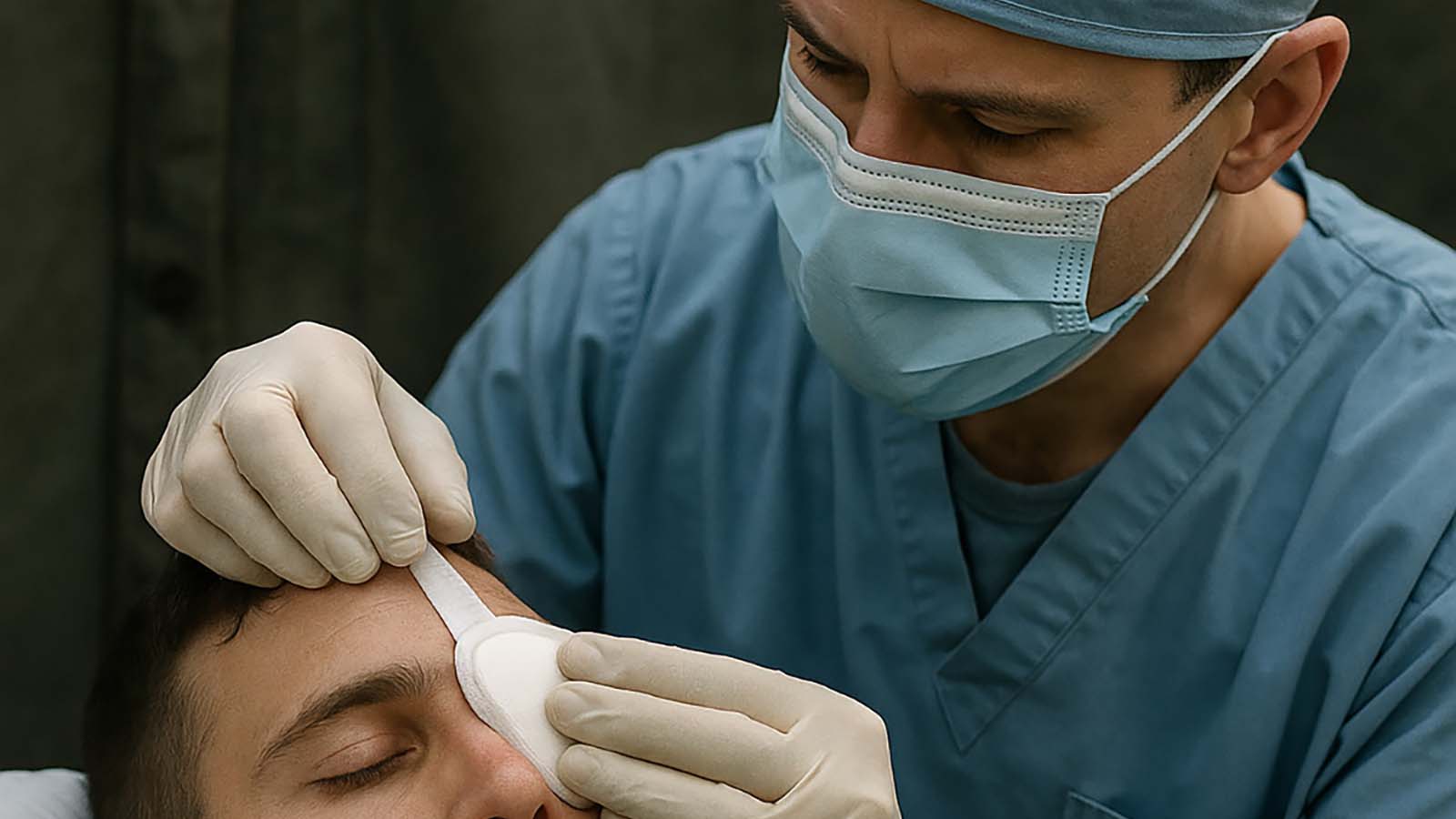
Projects
BioMojo's innovative projects showcase our commitment to advancing healthcare through technology. Each project represents a unique solution to complex challenges in medical training, simulation, and patient care.

Intracranial Pressure Monitoring Device for Combat Casualty Care
Development of a non-invasive ICP monitoring device prototype for use in austere environments, using micro-transducer array technology to measure optic nerve sheath diameter.

nXcomms: Intelligent Patient Simulation
nXcomms is a groundbreaking project that adds natural language processing and AI features to simulated patients, enhancing medical training experiences. This innovative system enables more realistic and dynamic interactions between healthcare providers and virtual patients, improving the quality and effectiveness of medical education.

Practice Experiences for School Reintegration (PrESR)
A virtual reality intervention that supplements standard inpatient treatment for adolescents hospitalized for suicide-related crises, teaching cognitive behavioral therapy skills in immersive, life-like practice experiences.

Trauma Resiliency Immersive Adaptive Gaming Environment
TRIAGE combines confidence-building and skills-enhancement with stress inoculation to improve the performance, adaptability, and agility of military medical care providers through immersive 3D virtual and physical training environments.

Next Generation Virtual Healthcare (NGVHC)
Determine novel ideas, approaches, and strategies to identify appropriate and available remote expert consultants to aid the novice care provider in the MDB environment to support just-in-time consultation needs. The existing expert consultation network is predicated on traditional echelons of care and assumes ready access to reliable communication resources.